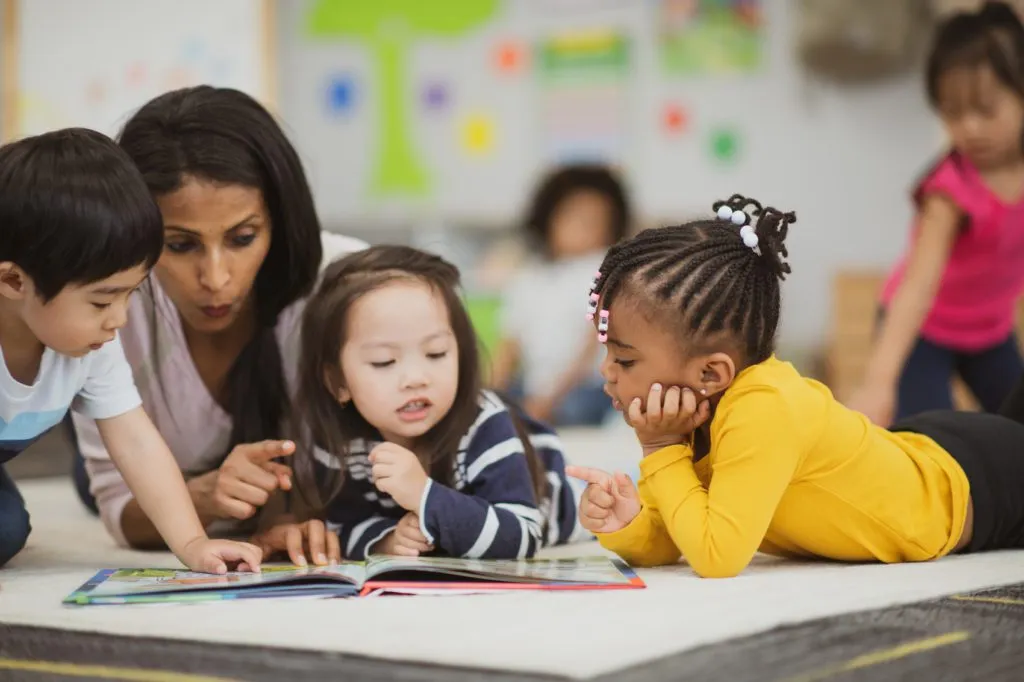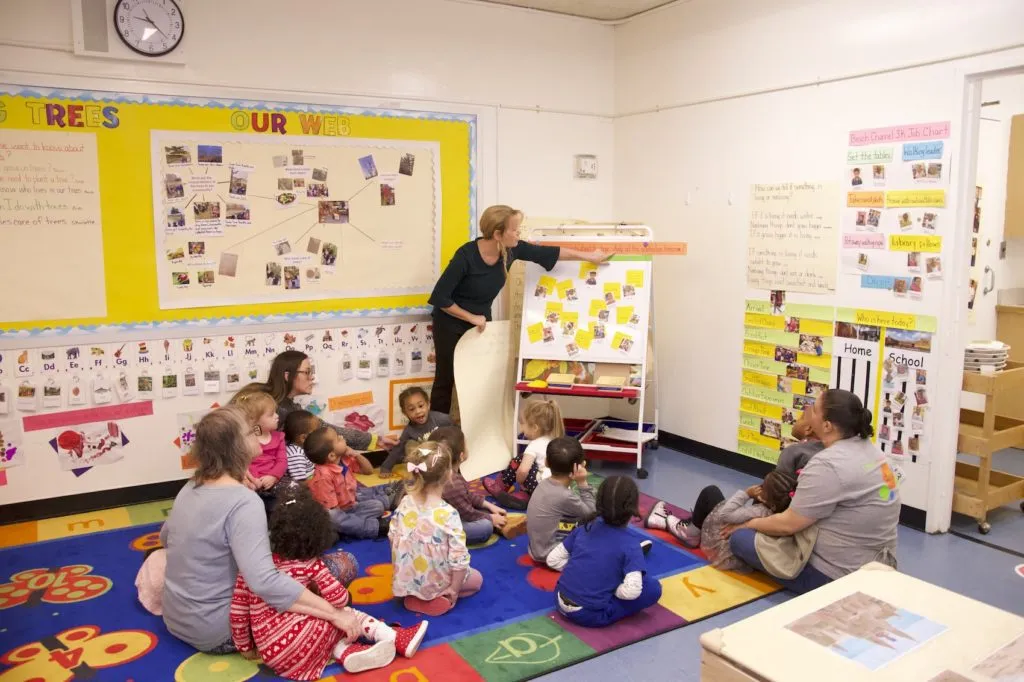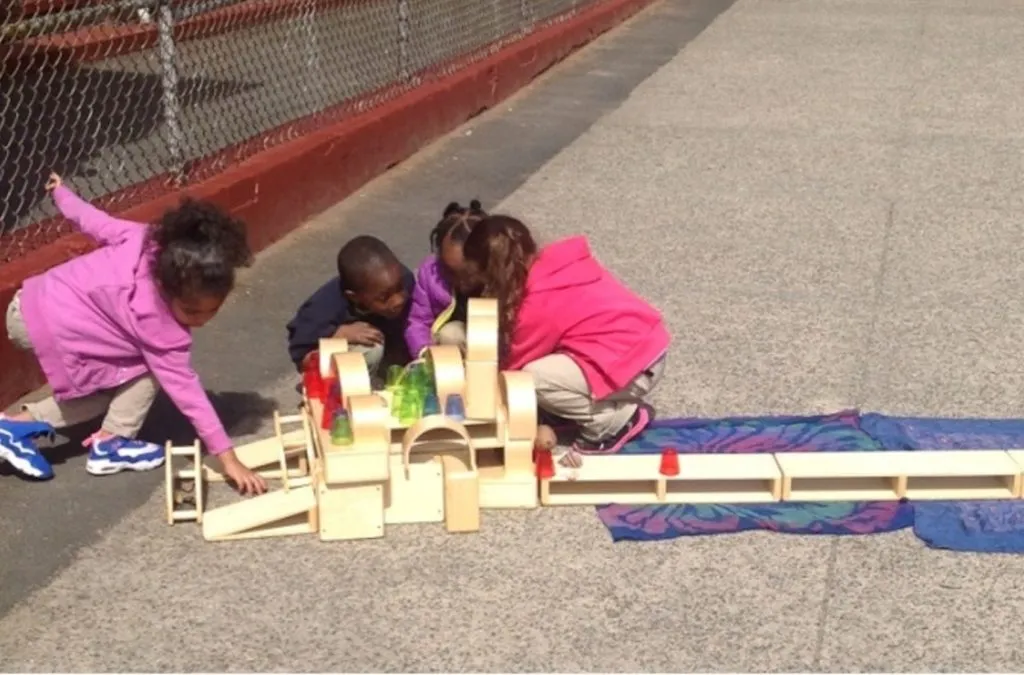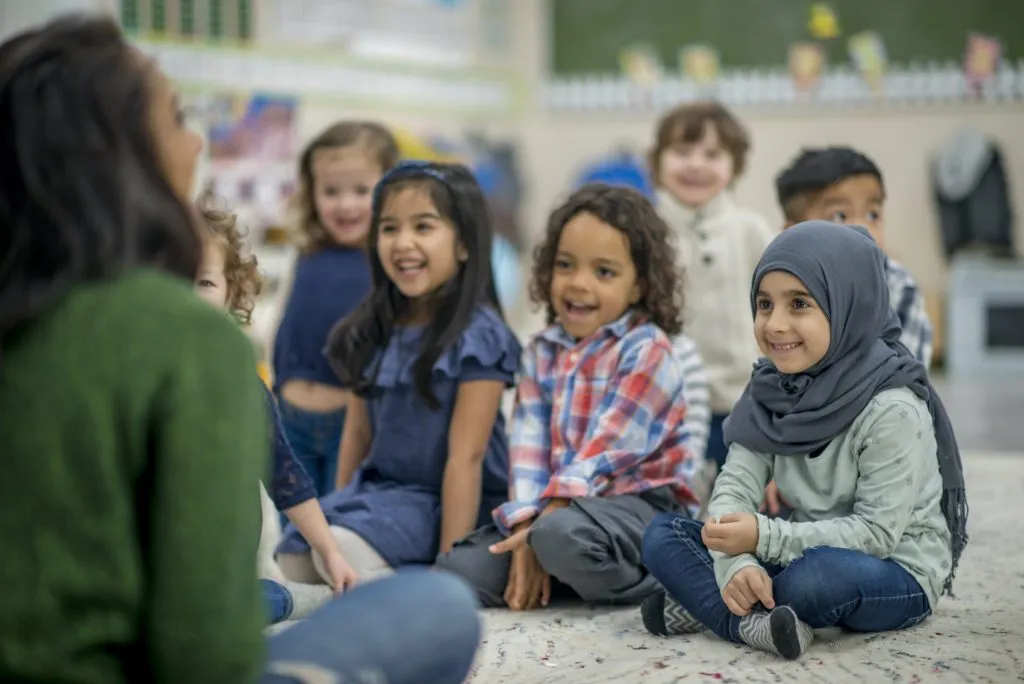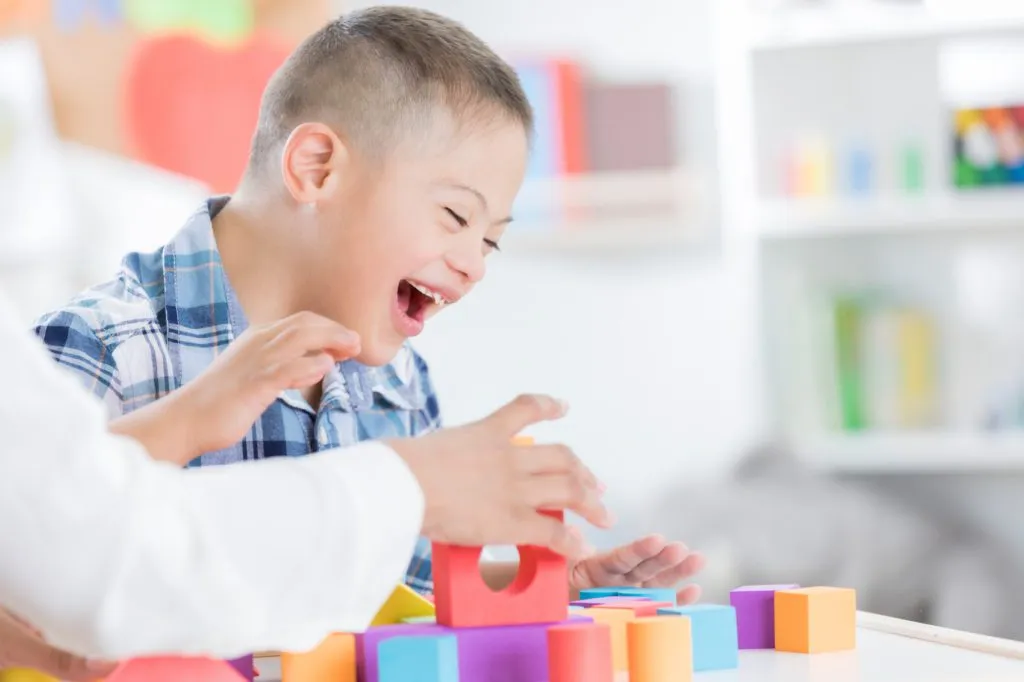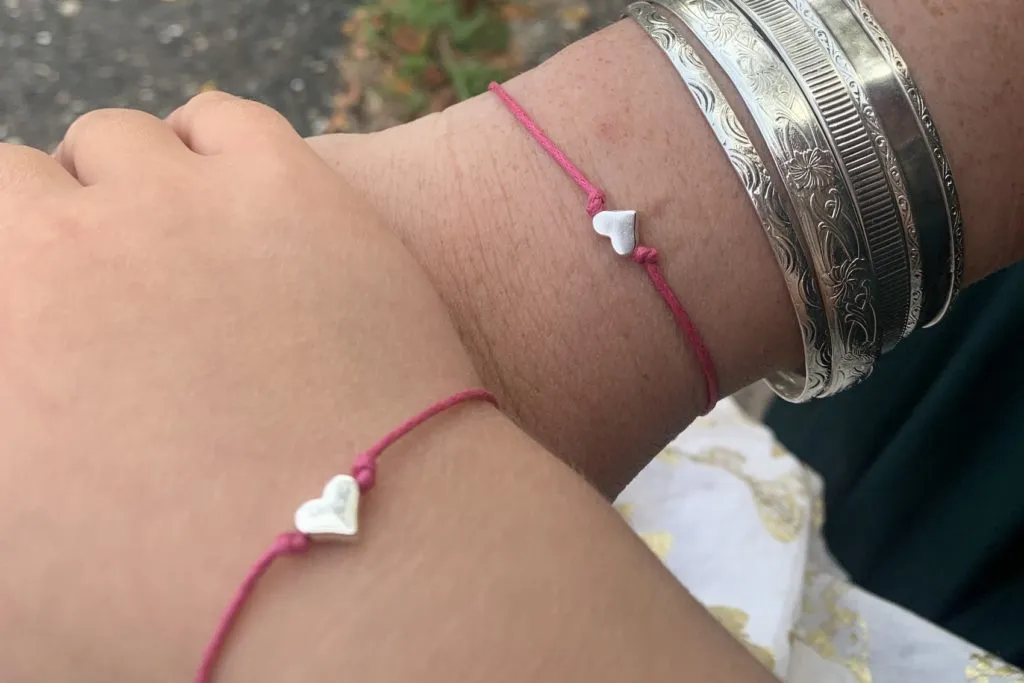Educating the Whole Child: Social-Emotional Development

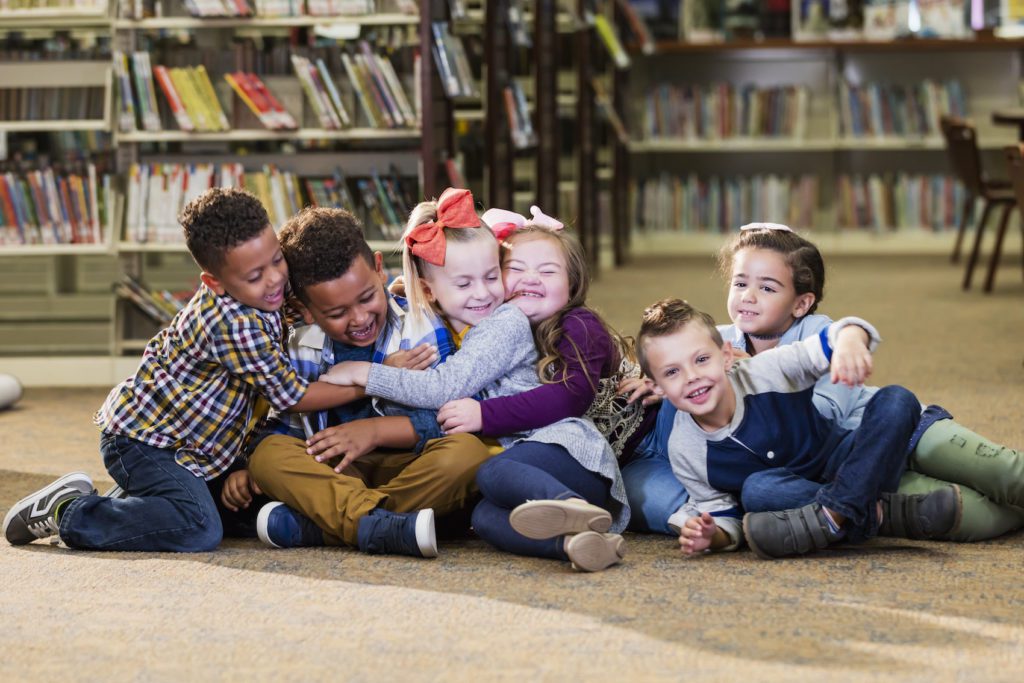
Where Is the Support for Social–Emotional Development in The Creative Curriculum?
With an increased focus on social–emotional development this school year, we’re often asked, “Where’s the support for social–emotional development in The Creative Curriculum?” The short answer may actually be “Where isn’t it?” Given the curriculum’s unwavering commitment to thinking about the whole child in every interaction, I argue that support for social–emotional development is its very foundation.
But, even then, it doesn’t happen by accident.
As educators, we must be vigilantly focused on nurturing positive relationships, and we must commit to a dedicated investment in children’s social and emotional development. Here at Teaching Strategies, we have always understood the essential nature of social-emotional development and, as such, have a long history of creating rich, relevant, and child-centered resources for teachers and families to rely on throughout the day, every day.
A History of Rich Resources
I could point to our foundation volumes—including a volume in the preschool curriculum dedicated to explicitly supporting children’s social–emotional, physical, and cognitive development—our 38 research-based objectives for development and learning; and our engaging Daily Resources, such as Intentional Teaching Experiences that expressly target social-emotional development.
I could showcase the diversity in our children’s book collection and our Book Discussion Cards, which help teachers guide children in creating deep emotional connections to books and stories, the characters who inhabit them, and the obstacles they overcome.
I could show you our Teaching Guide for The First Six Weeks: Building Your Classroom Community and our e-book on The Six Positive Messages to Guide a Year of Teaching and Learning—the same positive messages that our company’s founder extolled decades ago.
I could also highlight much more recent additions to the Teaching Strategies suite of early childhood solutions, including Al’s Pals, an award-winning social–emotional skills curriculum, and ReadyRosie, an unparalleled set of tools that schools can share with families to empower them to extend children’s learning at home.
In a classroom implementing The Creative Curriculum, every part of the day offers opportunities for teachers to be intentional about plans to support and assess children’s social–emotional development, while every corner of the classroom provides spaces just right for implementing those plans.
These resources—as robust and meaningful as they are in helping teachers plan with intention—are only part of the story, however. The real power for supporting children’s social–emotional development is in how children are treated every day, through every interaction.
It’s a power found in how their teacher engages them and how their teacher responds to them. It’s found in the caring and respect with which she interacts with every child and every family.
What’s Even More Important
My very favorite part of The Creative Curriculum is the freedom and encouragement it offers teachers to respond to children’s needs. While planned support is essential, it’s what happens in the unplanned moments that is often the most meaningful and longest lasting.
The pain (and embarrassment!) of a skinned knee. The disagreement over a toy. The fear of the fire drill alarm. The excitement as a Wow! Experience unfolds before their eyes. The heartbreak over the loss of a beloved pet. The joy of a new skill learned, a new discovery made, or a new friend found.
It’s how teachers respond in these moments that forges the strongest bonds between teachers and children, builds a classroom community, and teaches children how to treat others.
These are also the moments that teach children how to treat themselves.
Children are shown that they themselves deserve respect, empathy, caring, and understanding. They learn that they deserve friends. They learn that it’s normal to have big feelings. They learn that they have a voice and that someone is listening to it. They learn that they are capable, lovable, and worthy, just as they are.
Children—and Their Answers—Will Vary
It can be difficult to always know just the right thing to say to a child. You can no more script your responses to children than you can script theirs to you. In fact, the one thing that many curricula’s “Teachers’ Editions” get right about children is when they say, “Children’s answers will vary.” Yes! Children’s answers will vary!
And we love that about them, by the way.
You cannot predict what children will say or do, and you cannot predict what each day will hold. But you can plan opportunities for meaningful experiences that intentionally support children’s social–emotional development, and you can keep your heart open to all those many, varied voices, often revealed most eloquently and ardently in the unplanned moments of your all-too-brief time together.

An Early Childhood Educator’s Guide to a Whole-Child Approach
For everything you need to know about the whole-child approach, download our free eBook today.
